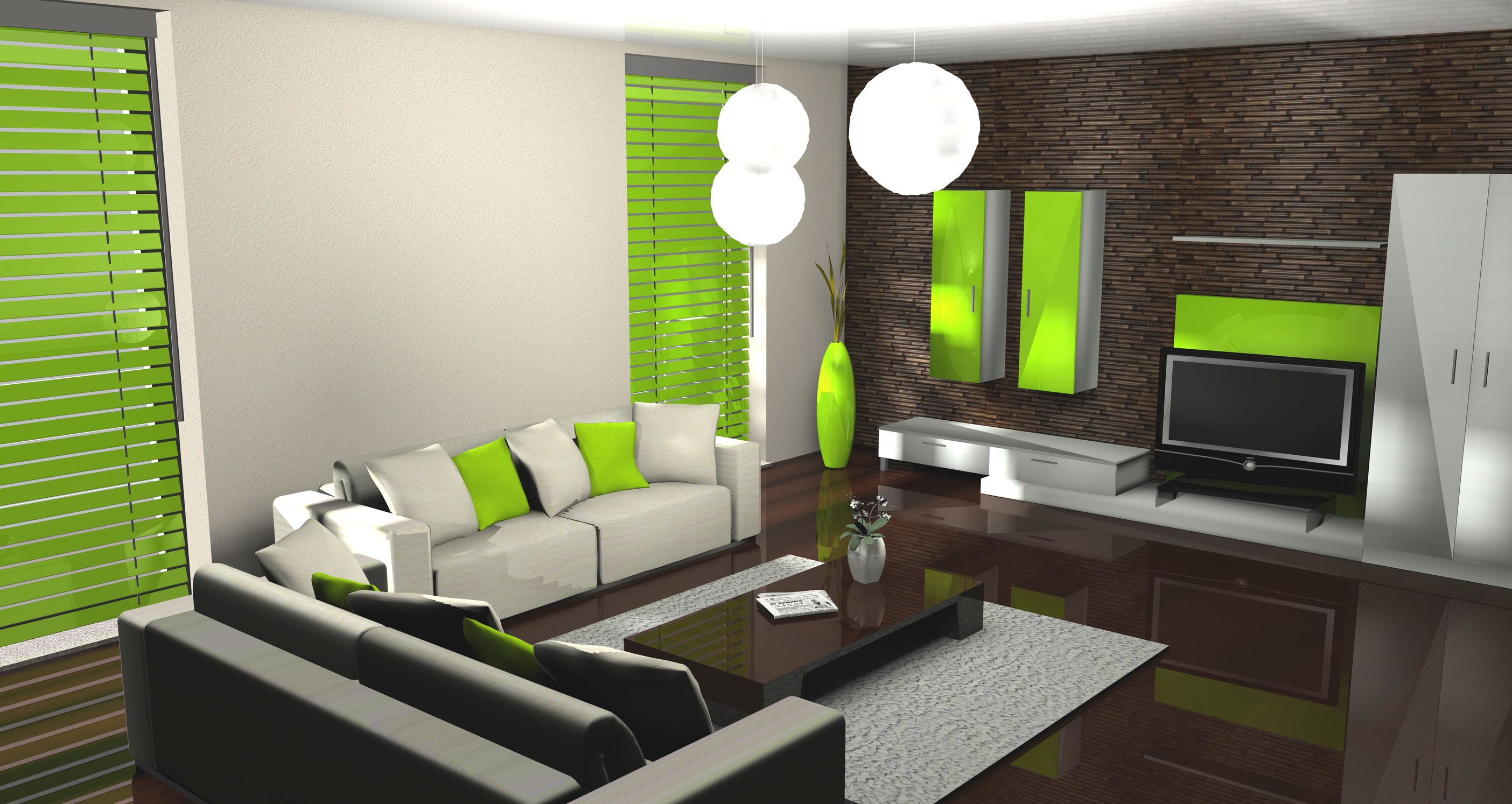Clean lines, open sides, and classic forms are what Danish mid-century furniture is known for. Be careful with a piece that seems overly fancy or has features that don’t belong there. Solid woods such as teak, elm, beech, and rosewood are often used to make mid-century furniture, including a Danish mid-century sofa. Don’t think a piece is fake just because it feels too light. Designers didn’t give up on veneer furniture. Pieces of plastic, metal, and fiberglass were also used, so don’t rule them out.
Look at Markings and Stamps
From the start, it should be said that things that don’t have stickers or stamps can be just as real as things that do. Some customers will get rid of this immediately without considering resale. You should carefully review a piece that you think might be good, even if you can’t see any stickers or markings. This will help you determine where the sticker or mark would have been. You might find a piece of wood that looks like a sticker and is a different color. If you can see a sticker, label, or other writing on the item, you should look into it more because it could be real.
Designers
Before you start looking at Danish mid-century furniture, it’s a good idea to become familiar with the names of the major manufacturers and designers from the era. Refuse to accept the vendor’s claim that the item resulted from two designers working together. Designer and manufacturer names appearing in the item titles were very prevalent, but designer mash-up pieces were almost nonexistent.



